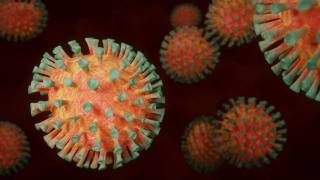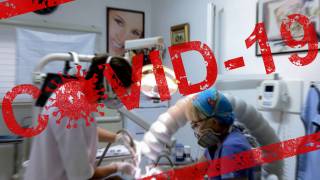Coronavirus Infected Minks Found in Utah

The United States Department of Agriculture’s National Veterinary Service Laboratory (NVSL) announced the first confirmed cases of the SARS-CoV-2 virus in the USA have been reported on mink farms in the state of Utah.
Five infected mink were identified at two Utah mink farms as were farm staff members. These farms have been completely quarantined, as of August 17, 2020.
This is important news since the SARS- CoV-2 is the betacoronavirus virus linked to COVID-19 disease in humans.
However, there is currently no evidence that animals, including mink, play a significant role in transmitting the virus to humans. As it now stands, due to limited information and research, the risk of animals spreading SARS-CoV-2 to humans is considered low.
The Utah Veterinary Diagnostic Laboratory completed necropsies on several dead animals from the mink farms after the mink operations reported unusually high mortality rates in their mink populations.
The samples were tested at the Washington Animal Disease Diagnostic Laboratory at Washington State University. From there, the samples were sent to the NVSL for final conformational testing.
“My office is dedicated to containing SARS-CoV-2 by implementing stringent biosecurity measures where needed. We believe that our early detection of the virus will prove beneficial in the long run” said State Veterinarian Dr. Dean Taylor, in a press statement.
Other species of animals within the USA have tested positive for SARS-CoV-2, but these are the first confirmed cases in mink. Earlier this year the coronavirus was detected internationally in mink in the Netherlands.
The Science Magazine reported authorities in the Netherlands began to terminate tens of thousands of mink on June 6, 2020. The mink outbreaks are “spillover” from the human pandemic, a zoonosis in reverse that has offered scientists in the Netherlands a unique chance to study how the virus jumps between species and burns through large animal populations.
People around the world commonly get infected with human coronaviruses 229E, NL63, OC43, and HKU1 says the U.S. CDC.
There are 4 main sub-groupings of coronaviruses, known as alpha, beta, gamma, and delta. Both the Middle East Respiratory Syndrome (MERS) and Severe Acute Respiratory Syndrome (SARS), are betacoronavirus and have their origins in bats. Both MERS (ongoing) and SARS (2004) have been known to cause severe illness in humans.
Betacoronaviruses are microscopic balls covered in spikes that encapsulate a central core of genetic material. The virus must infect cells in order to replicate, and to do this it must first attach to the cells.
The USDA announces cases of confirmed SARS-CoV-2 in animals each time it is found in a new species. All confirmed cases in animals are posted here.
CoronavirusToday publishes research-based pandemic news.
Our Trust Standards: Medical Advisory Committee
























